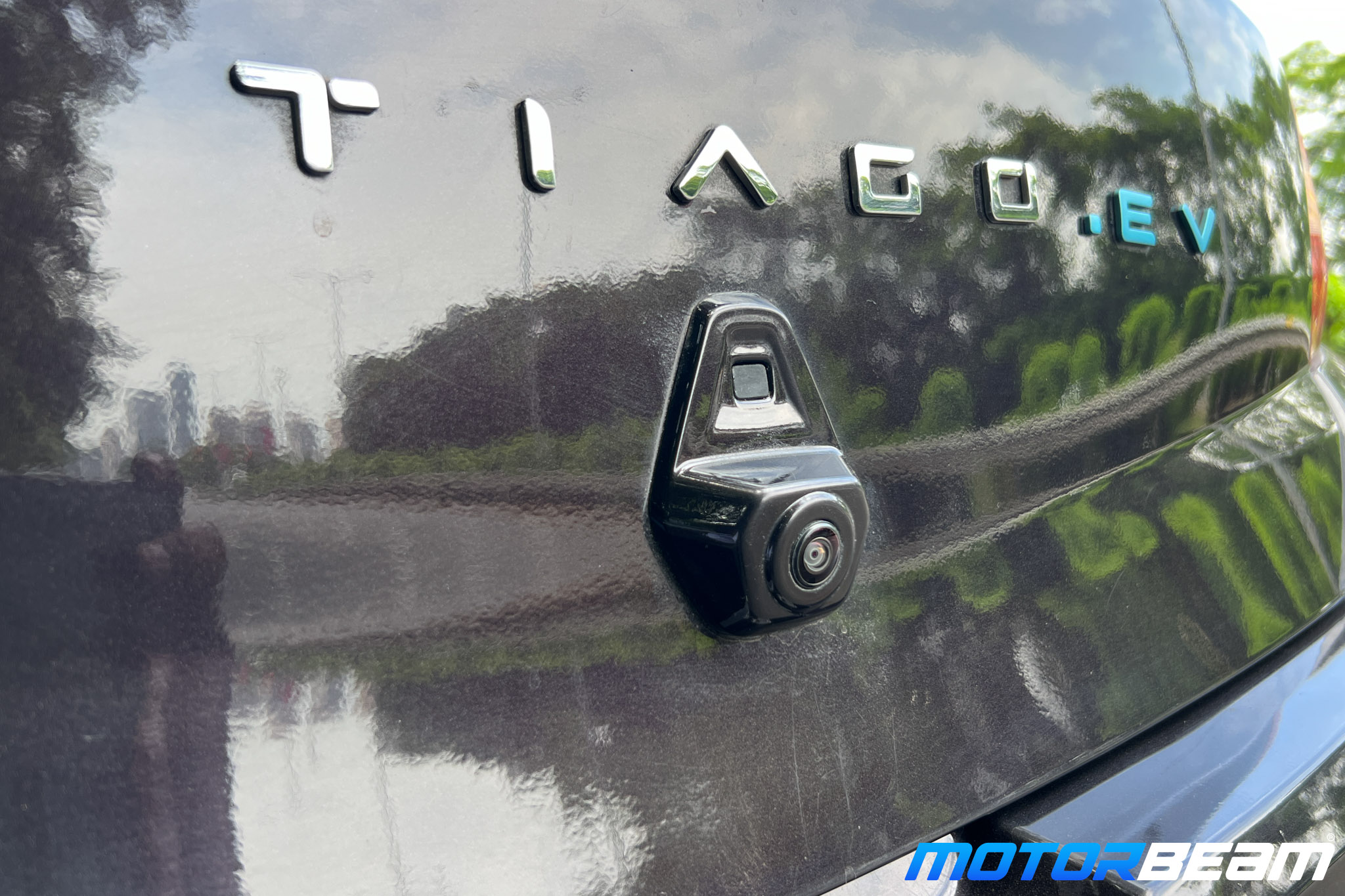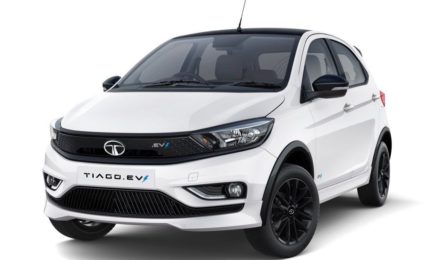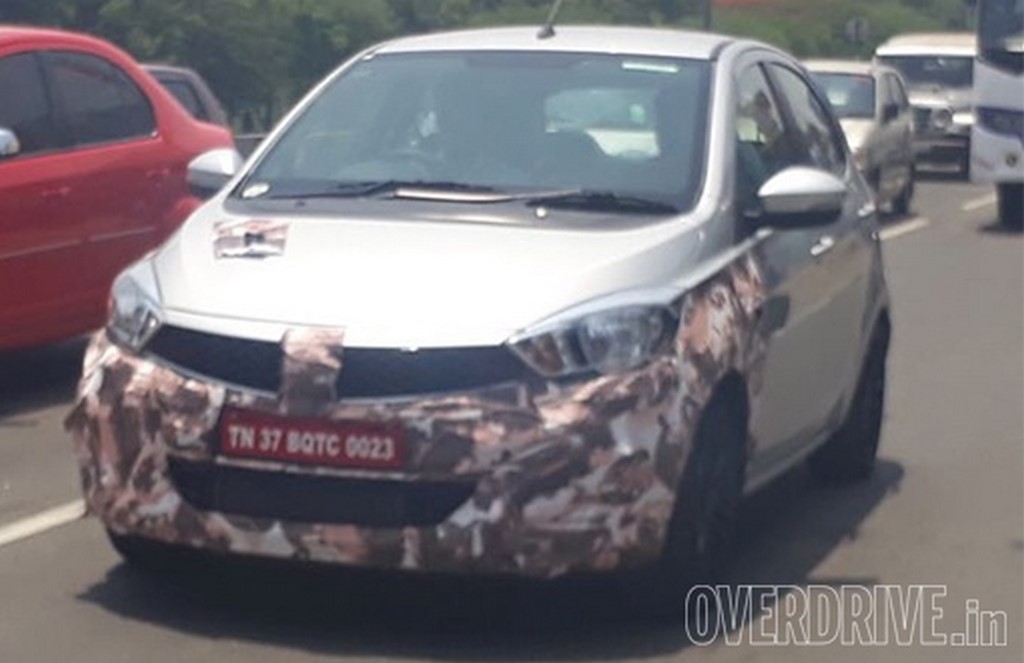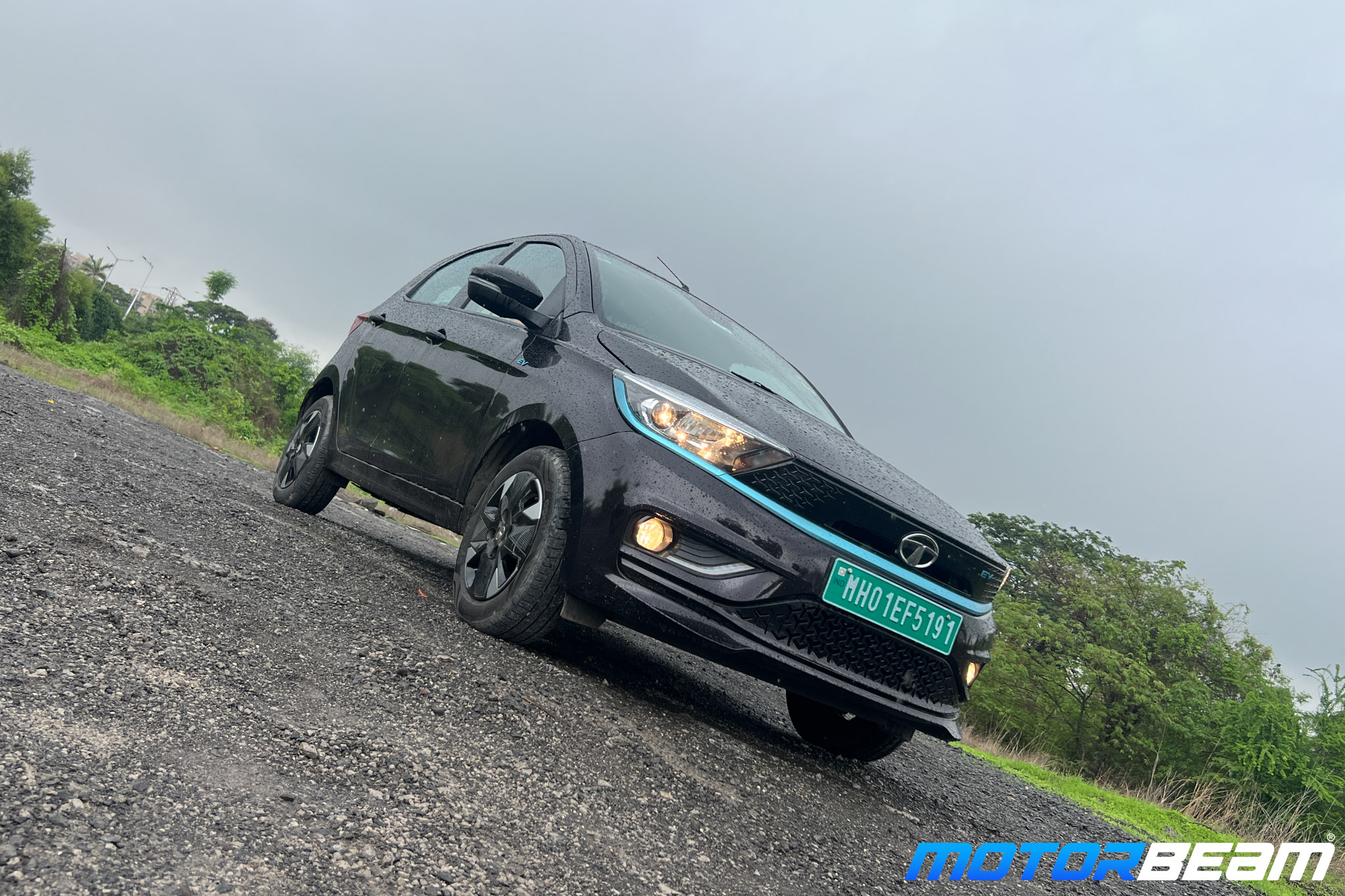
After Parth drove the Tata Tiago EV for the first two months, I had the chance to make my life more comfortable and affordable for the next two months with the Tiago EV. I primarily ride my motorcycle everywhere or occasionally take out the Tiago diesel, as my family owns one. So, getting used to the new Tiago EV wasn’t much of a challenge. The only major challenge was figuring out how to charge the car, since, like Parth, I didn’t have an in-house charger.
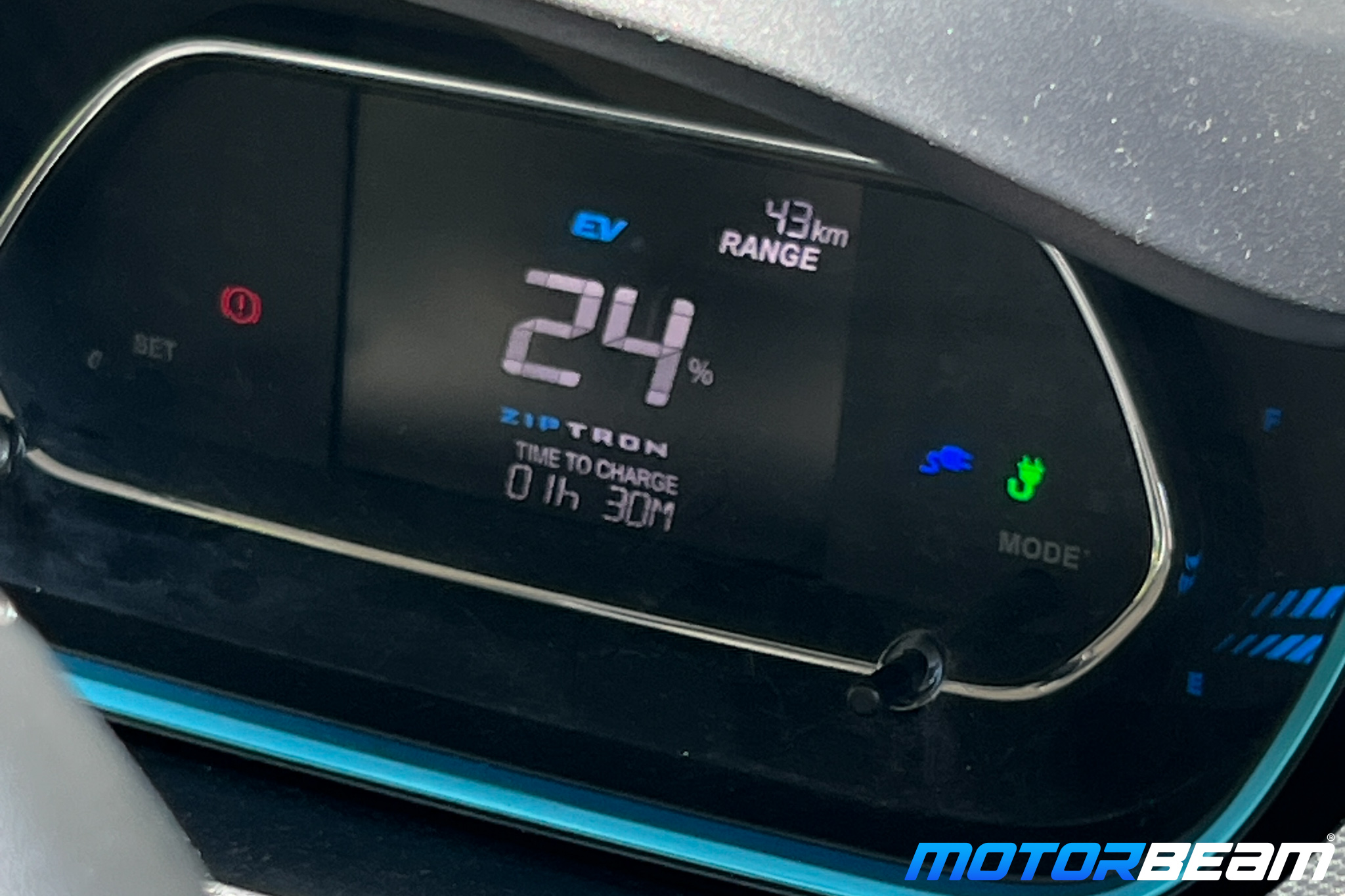
A full charge would cost me around ₹400 to ₹530, depending on public charger rates in Mumbai and Thane. Most of the time, I would run the car down to about 10% charge before plugging it in. The estimated range would change dynamically according to my driving style, and engaging sport mode would reduce the range by about 5-6%. The range would also vary based on air-conditioner usage and the level of regenerative braking, with both affecting it by around 8-10%.
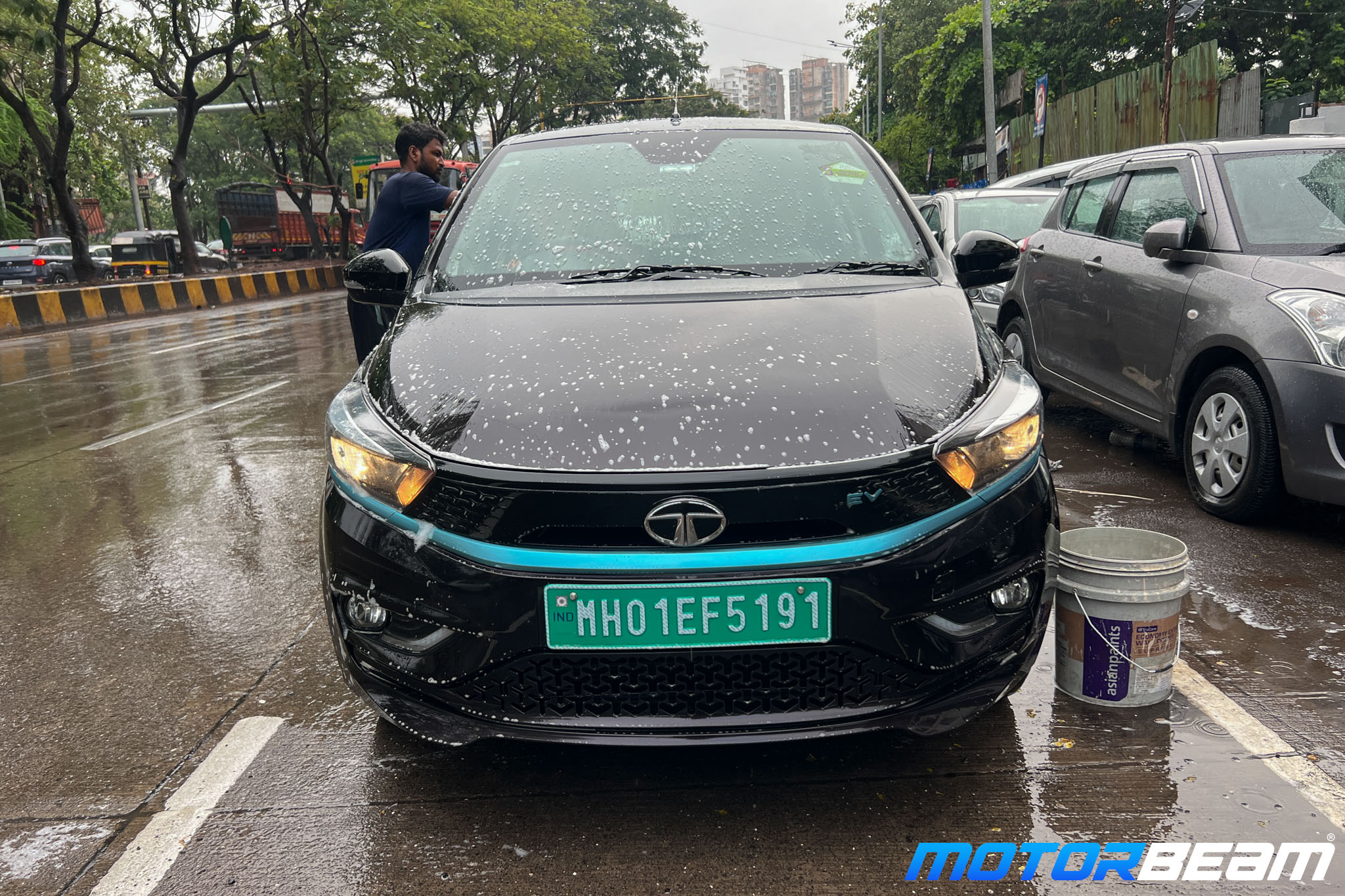
At the end of the day, a good, low-traffic drive would take me 180 km without any issues, and it could go up to 210 km when the air-conditioner was used less. The shortest range I achieved was during extremely heavy rain and terrible traffic conditions, which still gave me a little over 145 km. I experienced range anxiety quite often when I first started driving the Tiago EV, but after three full recharges, managing the range became a piece of cake. Another advantage is the CCS connector for the charger, which allows for Type-2 slow charging as well. Since both these connectors are readily available in the public charging infrastructure in Mumbai, the anxiety eventually disappeared.
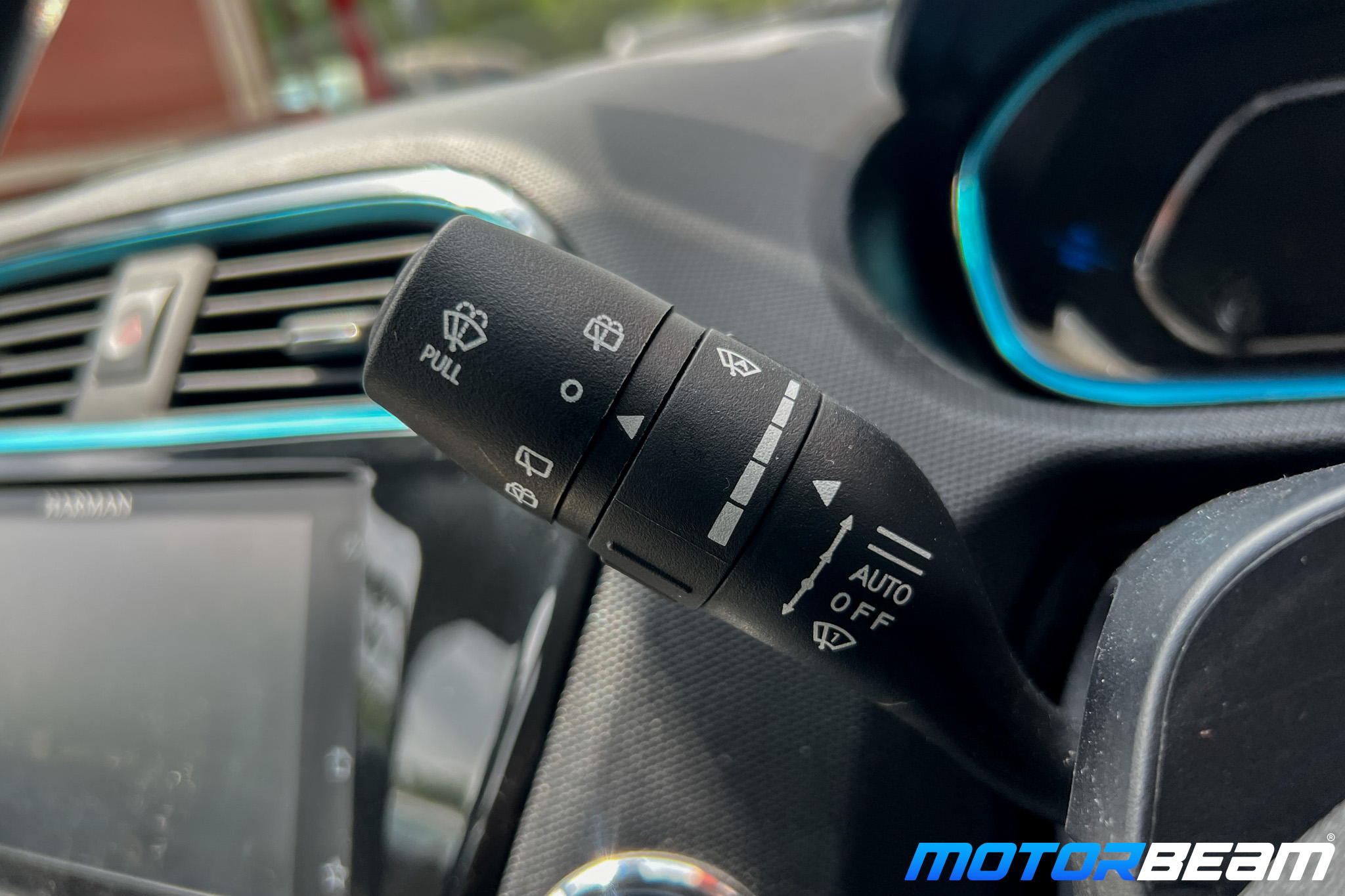
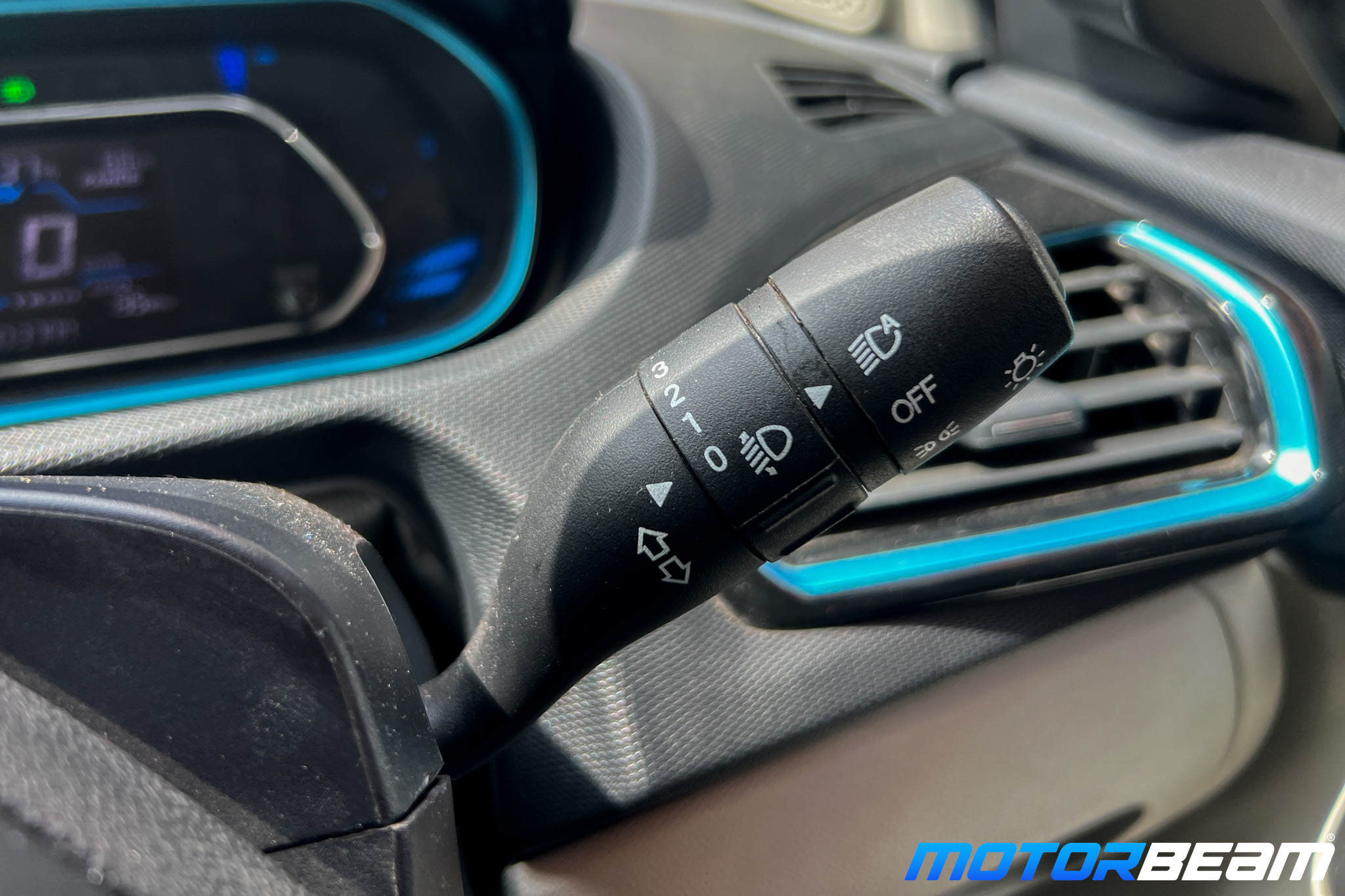
It’s the little things with the Tata Tiago EV that make a big difference. Automatic wipers and automatic headlights are just the beginning of features that make life easier. Even the rear-view camera has turning guidelines, which make parking in the tightest spots really helpful. The car’s dimensions aren’t intimidating, but these small features enhance day-to-day driving. The request sensor on the door handle works well for unlocking. However, there are times when the car doesn’t lock, and the traditional 7-time honk that Tata cars emit can get a bit annoying.
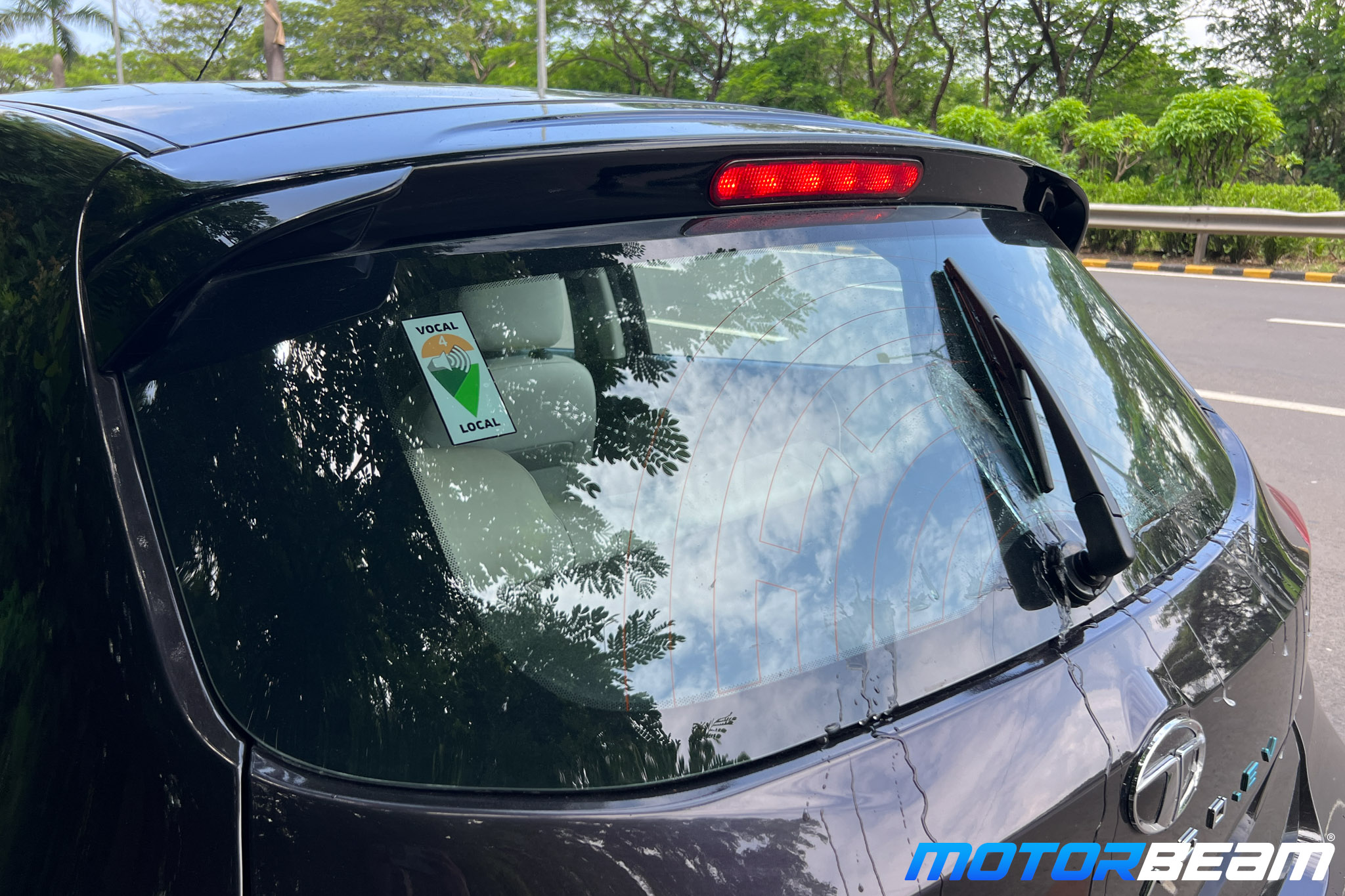
Another annoying aspect is the beeping warning that starts when the car drops below 10% charge, and the performance is drastically reduced. It goes into limp-home mode, barely exceeding 40 km/hr. Sport mode is also disabled when the battery is below 30% to prevent rapid battery drainage. The 4 levels of regenerative braking (re-gen) don’t really come into play until the battery drops below 95%, which is reasonable. However, even if I leave the car in maximum re-gen, after a restart, it always resets to level-1 re-gen, regardless of the battery charge level.
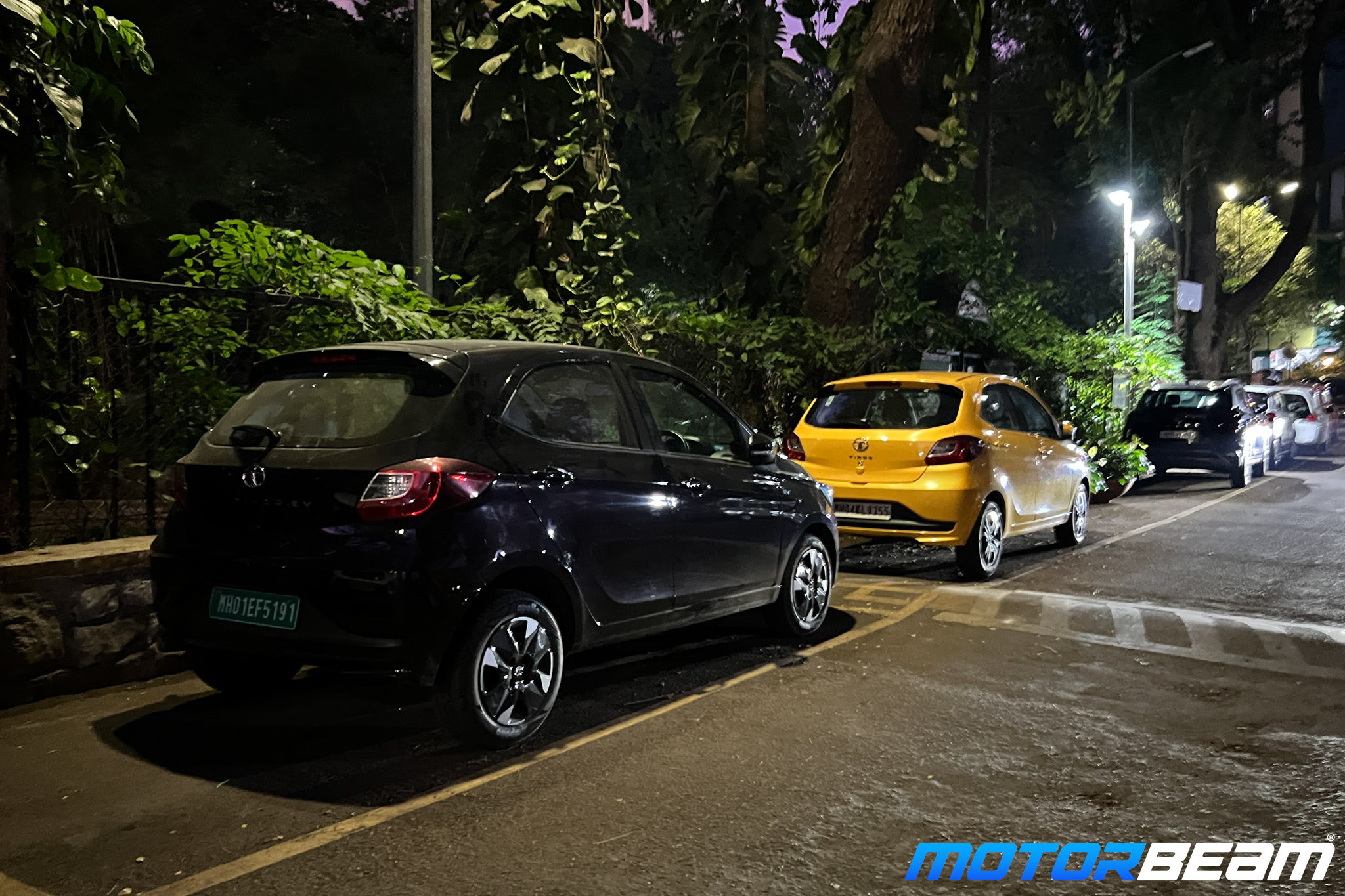
The suspension setup is plush and makes the car very comfortable when driving solo. When fully loaded with luggage and four passengers, it grips the road well but has a slight bounce-back effect from the rear when hitting large potholes or speed breakers. The air-conditioning is excellent too, cooling the cabin efficiently even on cloudy days. It doesn’t take long to cool down on a hot sunny day, and at fan speed level 2, it maintains the temperature well.
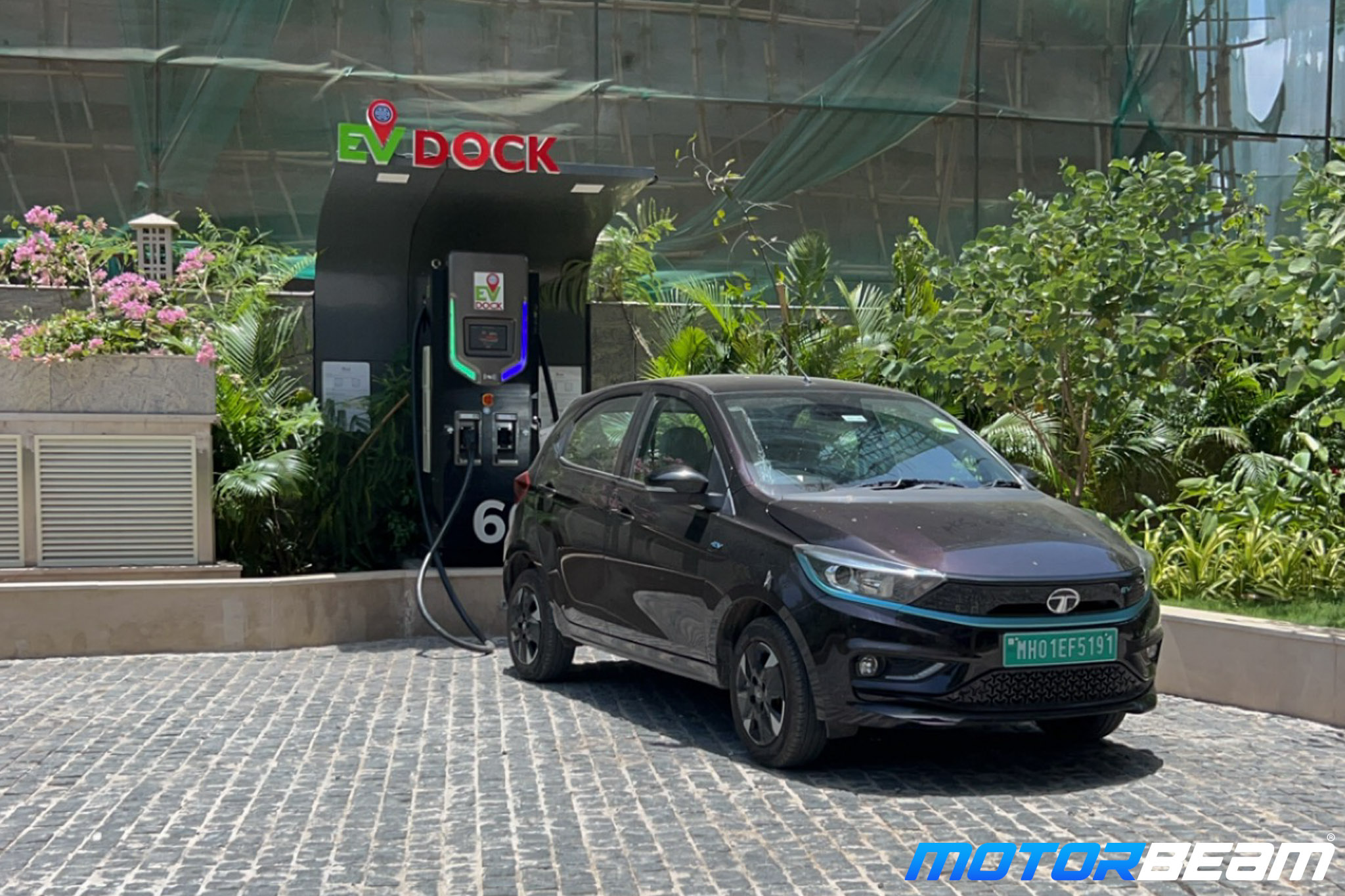
Previously, during a few public charging sessions, due to an app or charger error, the charging gun would get stuck and wouldn’t disconnect. We found a workaround by unplugging the socket at the wheel well. However, pressing the charging disconnect button on the center console and unlocking the car multiple times resolves the issue, even if the error occurs again. Sometimes, the charger has a hard-stop safety button that, when pressed, immediately stops charging and disconnects the charging gun from the car for safety reasons. This trick has also been useful when the charging gun gets locked to the car.
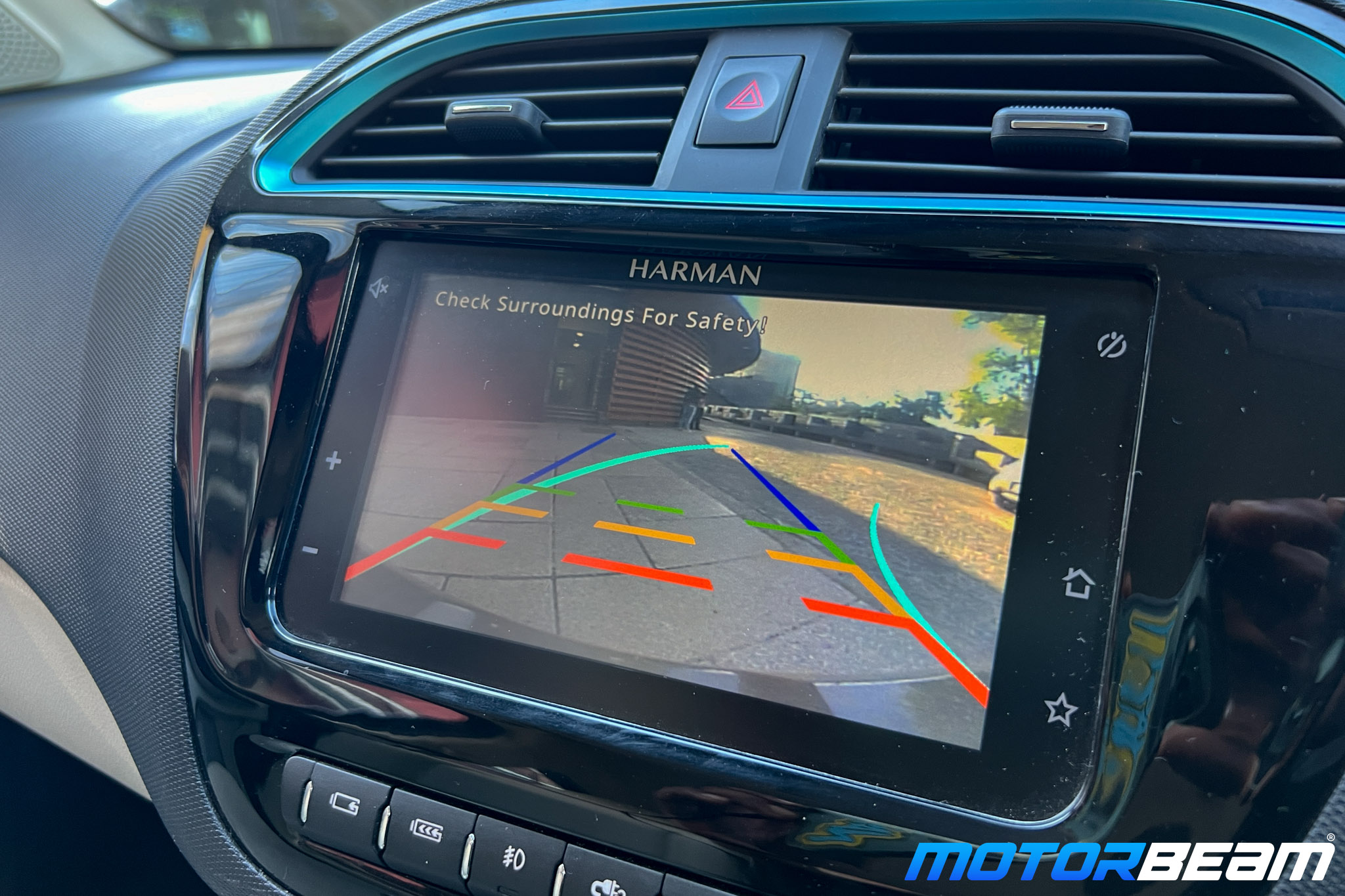
Despite being an EV, the Tiago still comes with almost all halogen lights including the projectors. While they may consume more power compared to LEDs, I really like the illumination from the headlamps. The fog lamps aren’t very powerful but have been useful during heavy rain. The boot also has a request button to open it, which is missing in the regular Tiago. This is a blessing, as I don’t need to take the key out to open the boot. The centre console also has a similar button for situations, like in malls, when security needs to check the boot but doesn’t know how to open it.
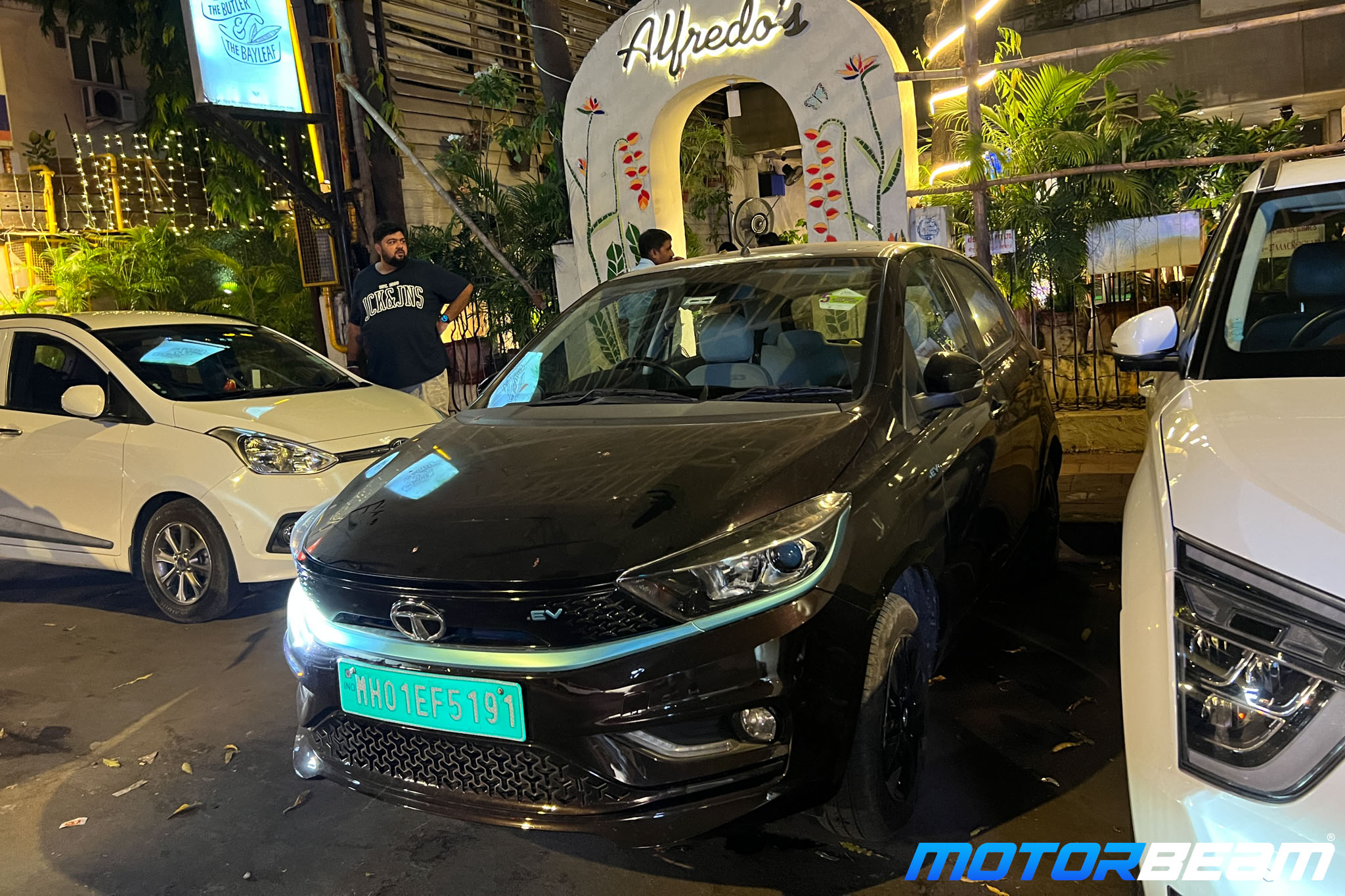
During the heaviest rains and floods, the Tiago EV handled like a champion, with no issues driving through waterlogged roads. However, a large floating branch hit the driver’s door, which could have left a major dent on other cars. But the Tiago only ended up with a minor scratch! The build quality is top-notch, and the same goes for its performance. Once you get the hang of the electric pull, the sport mode becomes addictive, and it even does a few wheel spins in wet conditions and on gravel surfaces.
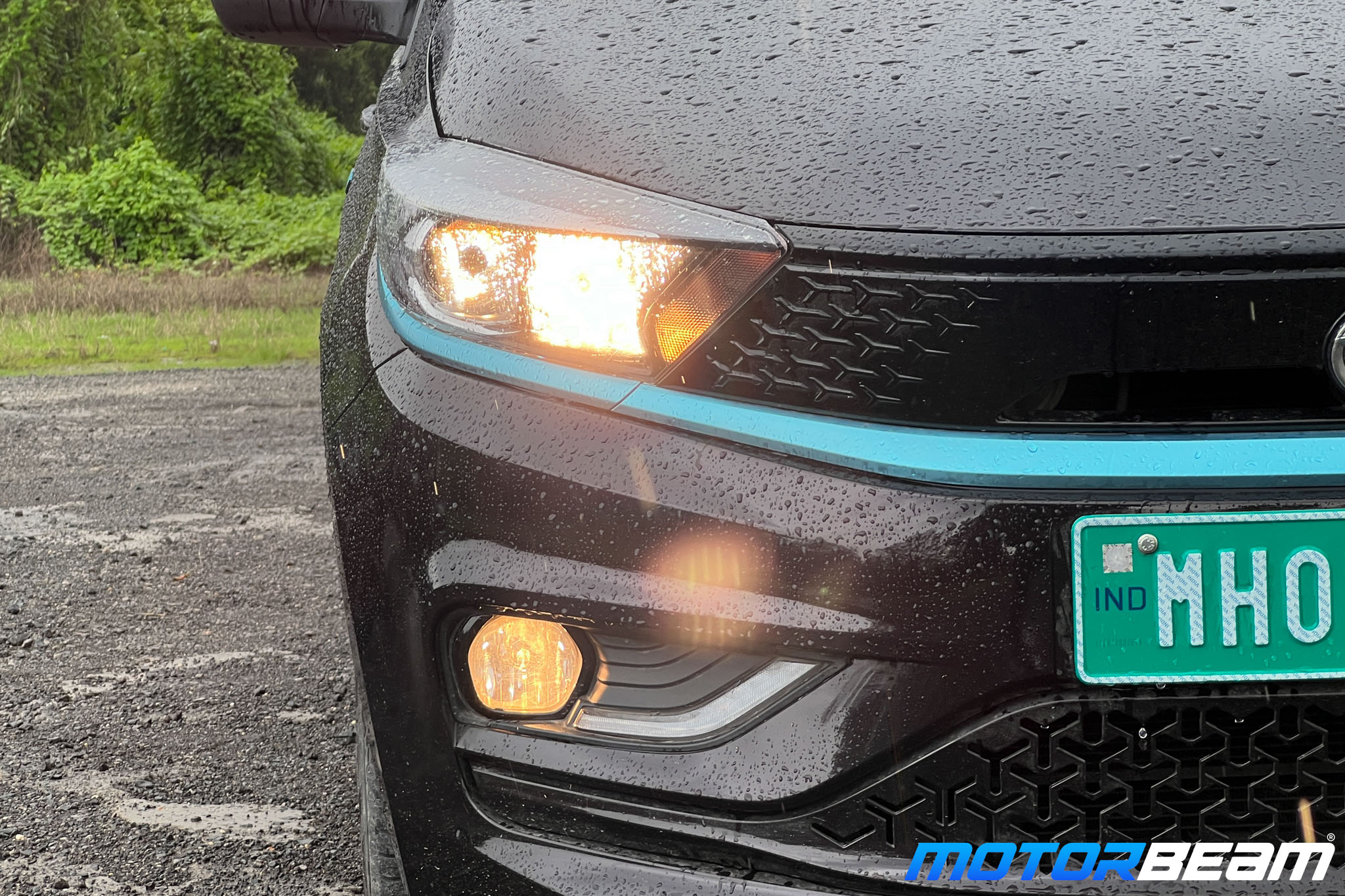
The running cost of the Tata Tiago EV has been less than ₹3 per km, making it one of the most efficient long-termers in the MotorBeam garage. It is super silent, comfortable, and decently spacious. With a driving range of 150-200 km, depending on traffic and road conditions, the range can be easily predicted, and range anxiety is no longer a concern. Even though there are some shortcomings, the Tata Tiago EV has become the most sought-after car in our current fleet.
